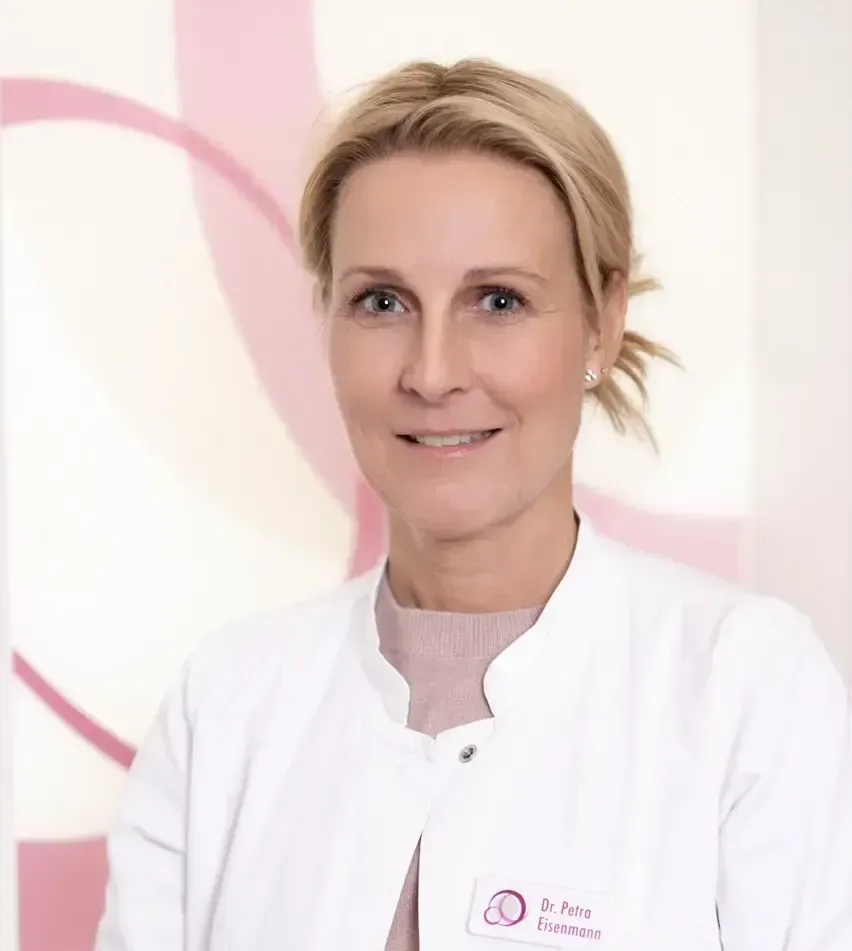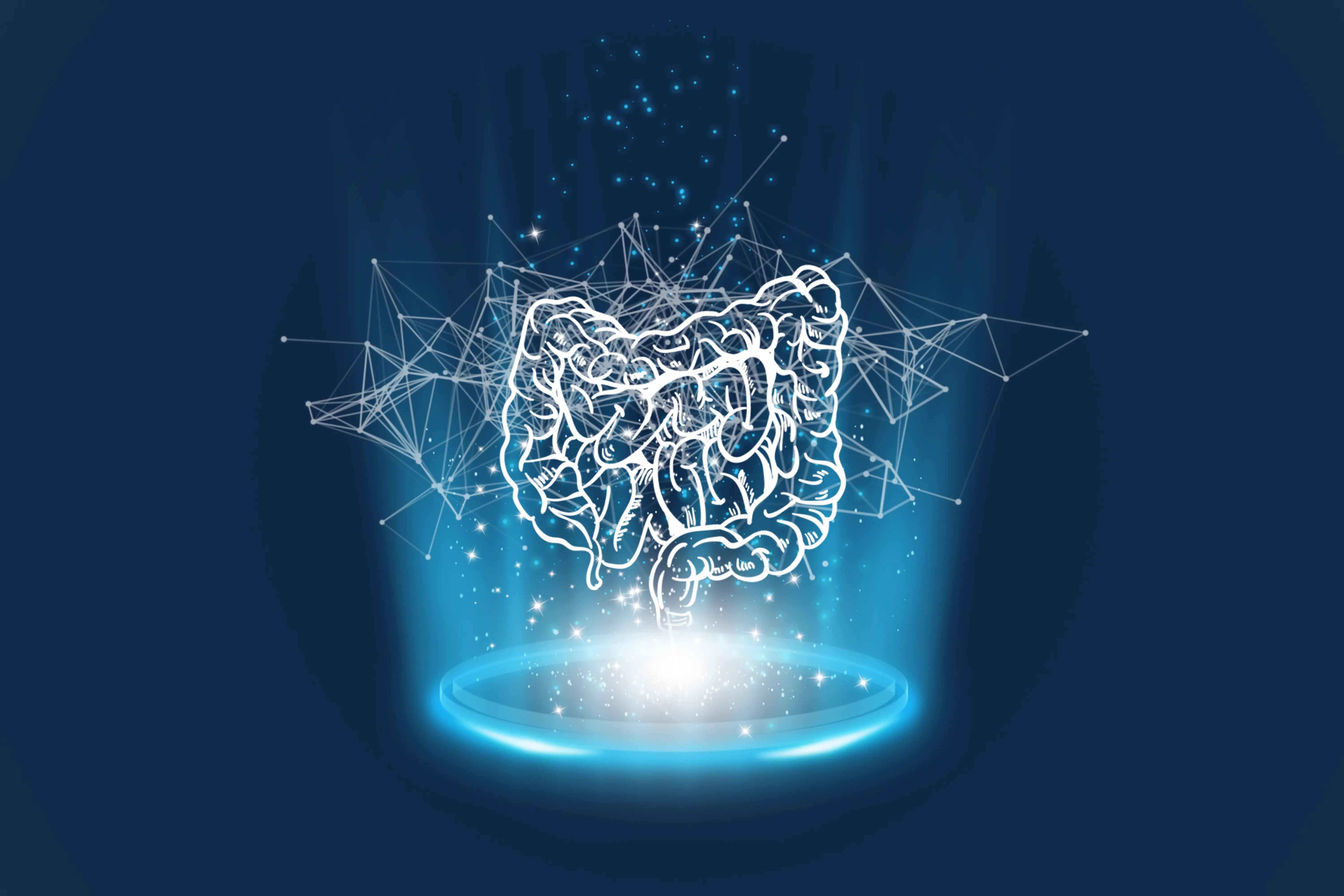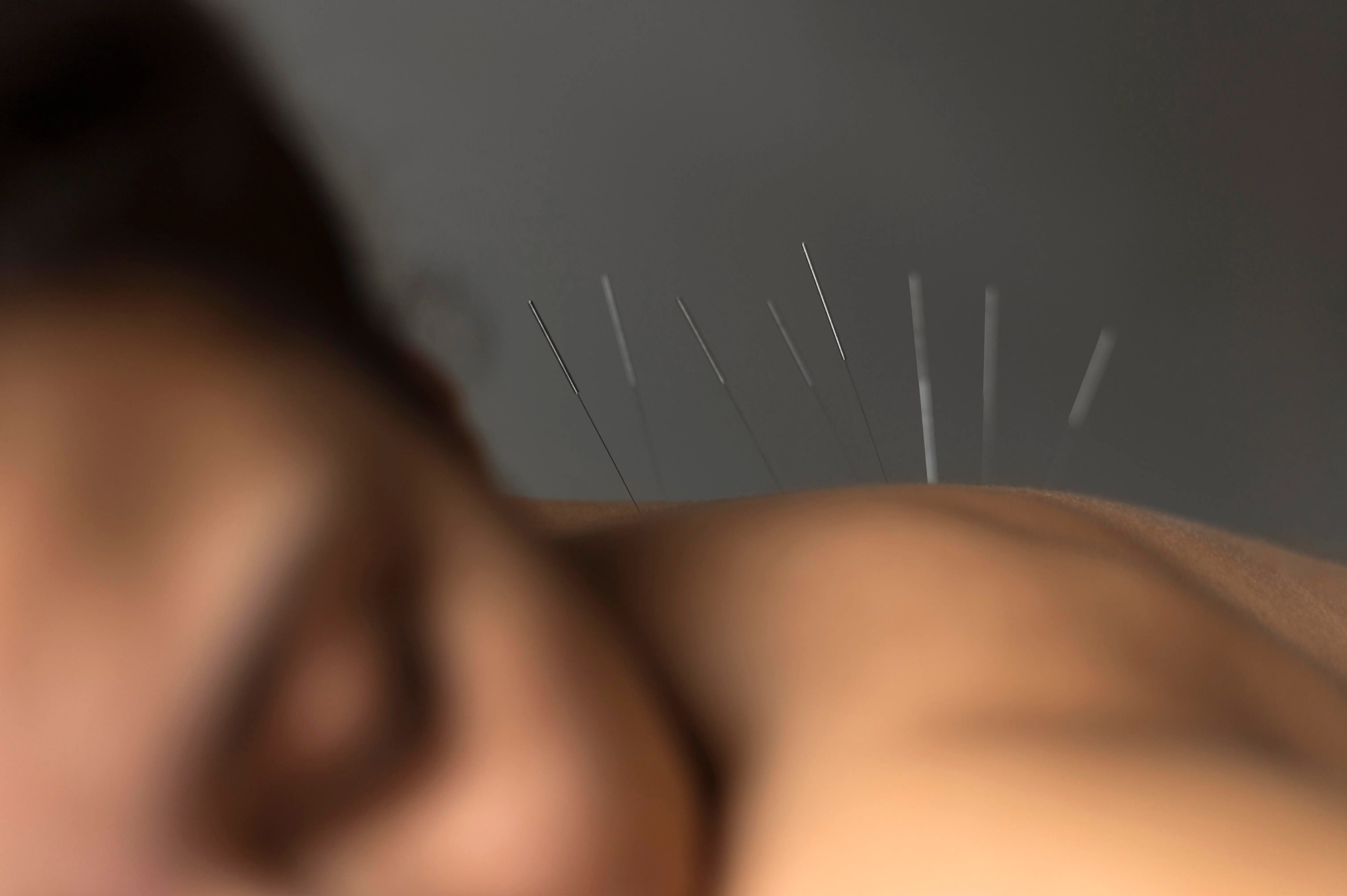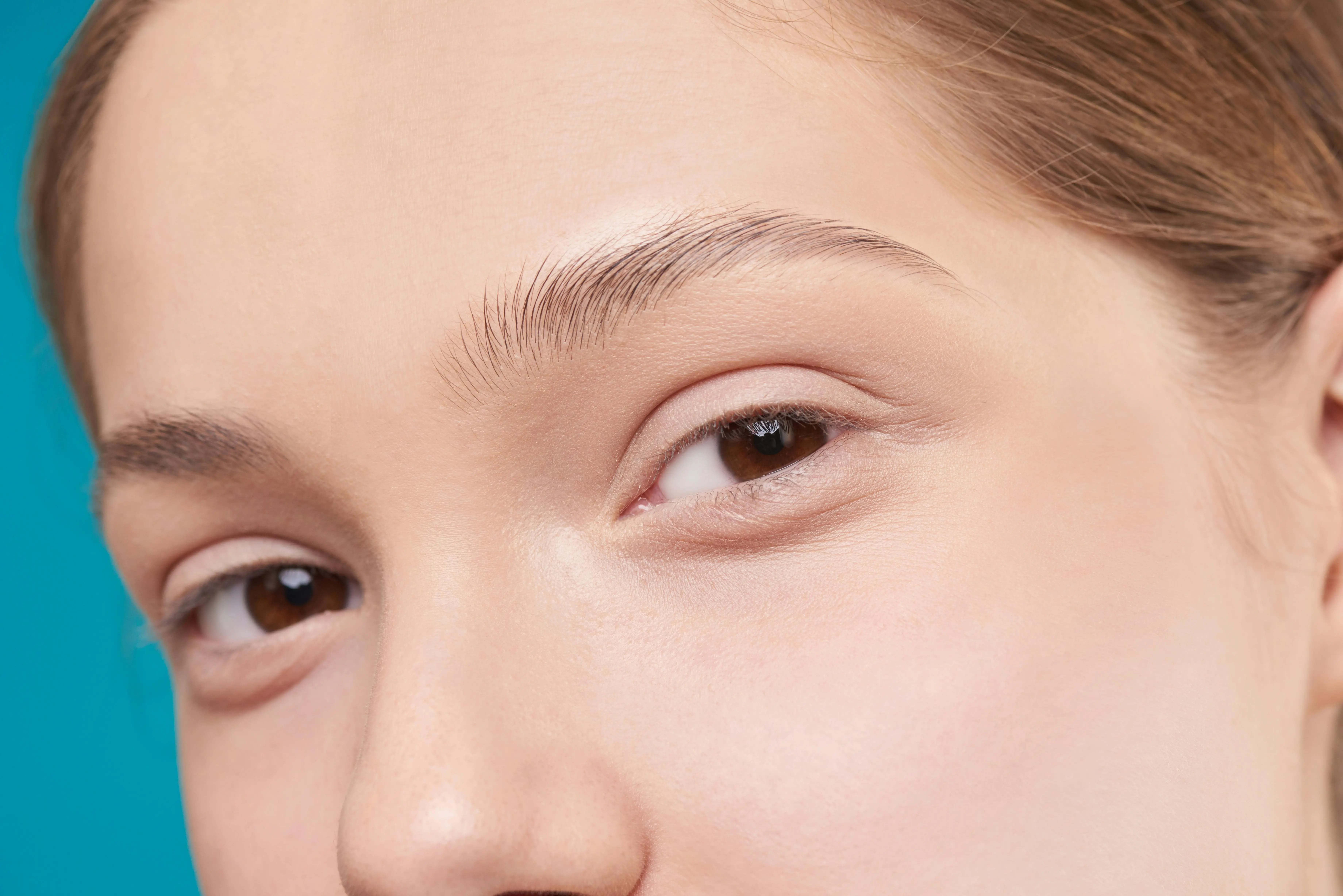Menopause
Menopause - medically called climacteric - describes a transitional phase in a woman's life, in which not only the reproductive function of the ovaries is ceased, but also a major hormonal change takes place. The estrogen and progesterone levels in the blood drop, causing the typical menopausal symptoms such as hot flashes, sleep disturbances, vaginal dryness or mood swings can be triggered.
Menopause = Menopause?
The term menopause is often used colloquially for menopause, but this is not correct. Menopause refers only to a woman's last menstrual period, so it is only one of the phases of the entire menopause.
When does menopause start?
In general, it is not possible to determine an exact time when menopause begins. This process varies from woman to woman, and the duration can also vary. Overall, however, menopause covers several years that are divided into different phases:
The premenopause begins between the ages of 40 and 50, with initial changes in the menstrual cycle occurring: for example, menstruation becomes shorter and lighter, and cycle irregularities occur. For most women, this phase occurs without significant complaints.
Between the ages of 50 and 55, menopause, or the last menstrual period, begins. By definition, menopause is when there is no bleeding for at least a year following this menstrual period. The period around the last menstruation is also called perimenopause. Now the reproductive function ceases completely, the cycle becomes more and more irregular until it finally stops altogether. Very often the first menopausal symptoms appear. menopausal symptoms occur.
If the last period was at least 12 months ago, the postmenopause begins. Postmenopause. During this time, the female sex hormones - estrogen and progesterone - reach their lowest point, leading to typical menopausal symptoms.
Hormone therapy in menopause
Hormone replacement therapy (HRT) can help alleviate the symptoms of menopause., by supplementing the body with missing hormones from the outside. This can be done as estrogen monotherapy or combination therapy, consisting of a synthetic or bioidentical estrogen and progestin. The goal of HRT is not to restore hormone levels to pre-menopausal levels, but rather to raise hormone concentrations to the extent that complaints are alleviated. Compared to synthetic HRT, bioidentical HRT has a reduced risk of thrombosis as estrogen is absorbed through the skin rather than swallowed.
Hormone therapy, in whatever form, should not only be sought for physical well-being, but can also actively minimize health risks - keyword cardiovascular or Osteoporosis. Due to lack of estrogen, daily bone formation and remodeling can be impaired, making the bones more unstable and more prone to fracture. However, with the right hormone dosage, this risk can be reduced.
Vaginal atrophy in menopause
Vaginal or vulvovaginal atrophy refers to tissue changes in the genital area. One of the main causes of this atrophy is the decrease in estrogen levels, a condition that often occurs during menopause. As estrogen levels decrease, collagen production in the tissue also continuously decreases, affecting, among other things, tissue thickness, blood circulation, and moisture supply.
The tissue is now less well supplied with nutrients and moisture, making it drier, less elastic, and more sensitive. The consequences can include vaginal dryness, itching, microinjuries, infections, frequent urination, and pain during Sex .
Treatment
While lubricants and moisturizing gels with glycerin or hyaluronic acid can temporarily improve dryness, addressing estrogen deficiency is crucial for successful therapy. This can be treated with appropriate medications. The active ingredients are usually estradiol or estriol, which are applied locally in the form of creams, gels, or suppositories.








